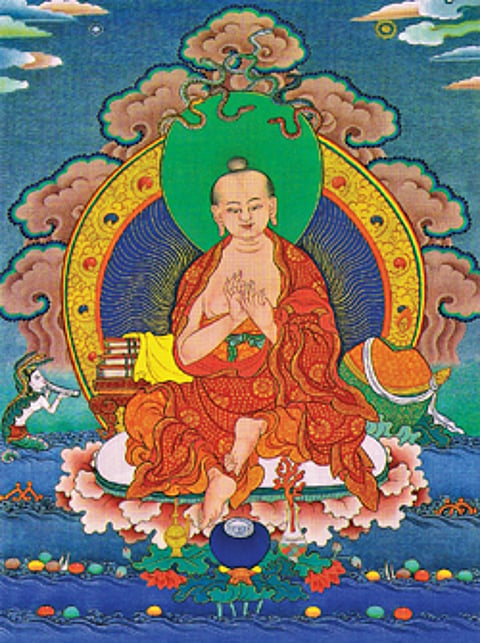The void of Nagarjuna
On a bus out of the coastal city of Vijayawada, in Andhra Pradesh, I passed small towns and villages whose names – opaque to me, as one who does not speak Telugu – I kept guessing at from a map. After years of drought, the monsoon had been bountiful, and we passed field after verdant field of cotton and pepper in an area infamous for its depleted water tables and crushing farmer debt. It took most of the morning, on three buses and an autorickshaw, to reach my destination: a village near the ruins of Nagarjunakonda.
A city flourished around 1800 years ago at Nagarjunakonda, the Hill of Nagarjuna. A great religious and education centre of both Hinduism and Buddhism, it was once part of the Satvahana Empire and then the capital of the Ikshvaku dynasty (AD 225-325), falling into terminal decline after the demise of the last Ikshvaku king. A schoolteacher, S Venkataramayya, discovered the ruins in 1926, though much of it now lies under one of the largest manmade lakes in the world, Nagarjuna Sagar, formed in 1960 by a massive dam across the Krishna River. Archaeological digs between 1926 and 1960 turned up finds from the early Stone Age to medieval times, spread over 130 sites across 24 sq km. Many structures were moved and reassembled on what is now an island in the lake, as well as on the lake's eastern bank at Anupu.

